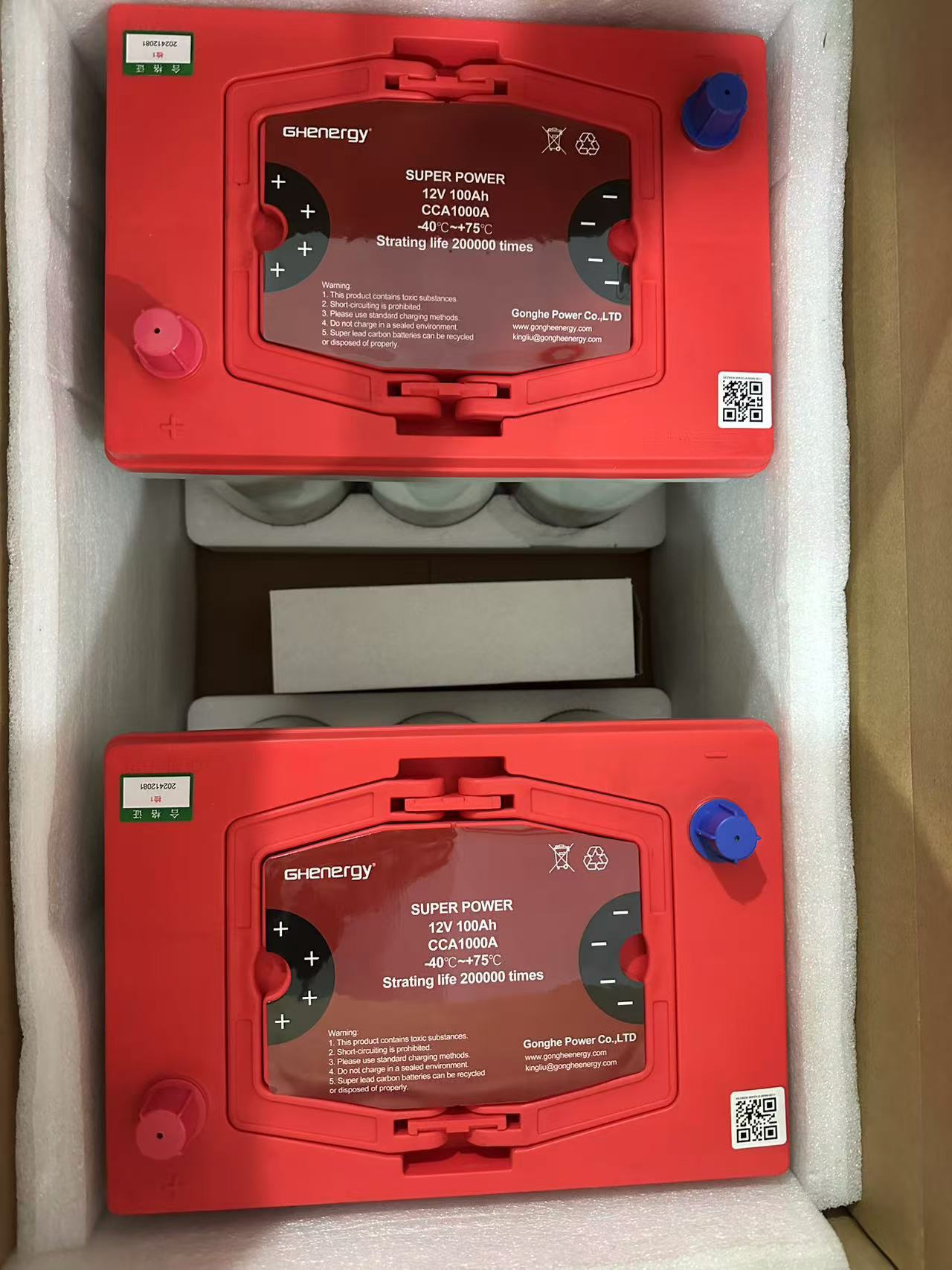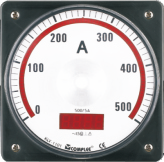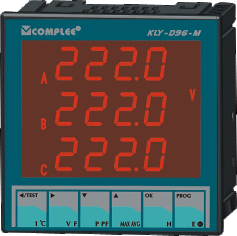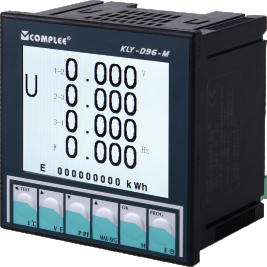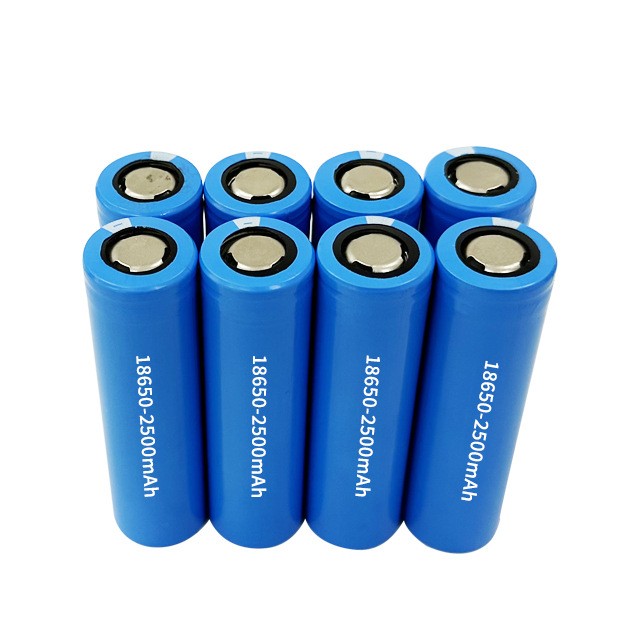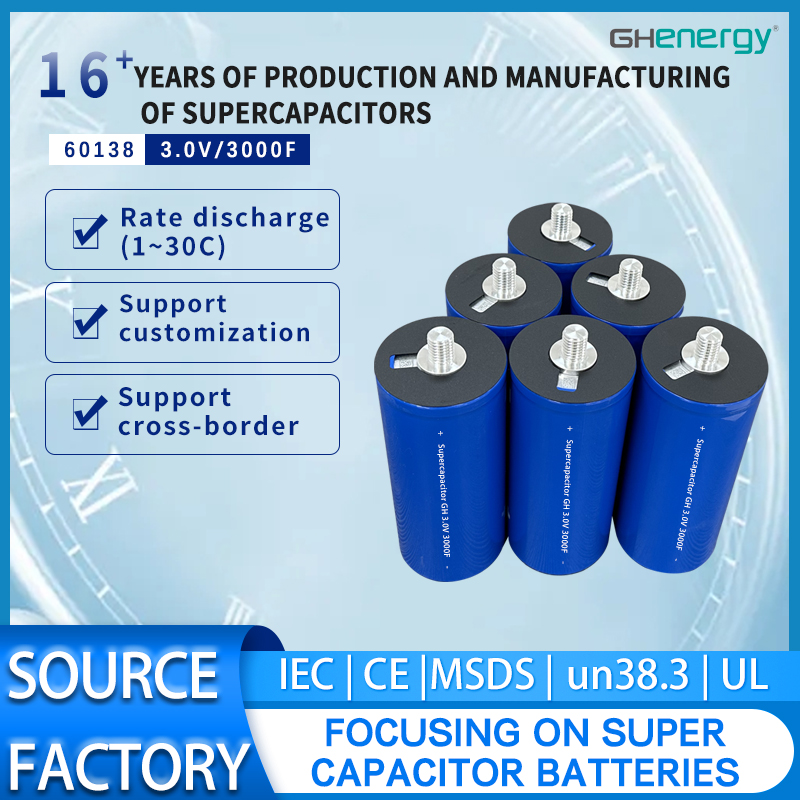Wedoany.com Report-Jan 9,ACME Solar Holdings rallied 4.24% to Rs 239.65 after the company, through its subsidiaries commissioned the remaining 62 MW and 28 MW solar projects in Rajasthan.Earlier, on 19 December 2024, the firm informed about the commissioning of an aggregate capacity of 1,023.05 MW of solar power projects in Rajasthan by its wholly owned subsidiaries, ACME Dhaulpur Powertech and ACME Raisar Solar Energy.
The subsidiaries have now commissioned the remaining capacity of 62 MW and 28 MW on 7 January 2025. These two plants are now fully commissioned to a rated capacity of 300 MW each.With this, ACME Solar Holdings total operational renewable generation capacity has increased to 2,453 MW. ACME Solar Holdings is a renewable power generation company in India with a portfolio of solar, wind, hybrid, and FDRE (firm and dispatchable renewable energy) projects.The companys consolidated net profit declined 60.4% to Rs 15.30 crore on 19.7% fall in revenue from operations to Rs 259.59 crore in Q2 FY25 over Q2 FY24.The scrip debuted into the stock market on 13 November 2024. The counter was listed at Rs 259, exhibiting a di
Germany’s Greenhouse Gas Reduction and the Strategic Role of Hydrogen Energy
Germany, recognized as Europe’s largest economy, continues its transition toward a low-carbon future. While greenhouse gas emissions decreased in 2024, the pace of progress has slowed. Adding a fresh perspective to the nation’s climate strategy, hydrogen energy stands as a promising solution. With plans to establish a 525-kilometer hydrogen pipeline network by 2025, this initiative underscores Germany’s commitment to integrating renewable technologies across multiple sectors.
Greenhouse Gas Trends Indicate Progress but Challenges Persist
According to a recent study by Agora Energiewende, Germany managed a three percent reduction in greenhouse gas emissions in 2024, compared to a significant 10 percent drop in 2023. Though these numbers indicate continuing progress, they reveal a marked slowdown in decarbonization efforts. The country’s emissions, now at a historic low of 656 million tonnes, are down by 48 percent from 1990 levels, nearing the EU’s 55 percent reduction target for 2030.
However, areas such as transportation, construction, and building energy use continue to lag behind expectations. Industrial emissions even saw a slight increase of two percent, emphasizing the need for further structural changes and investment in clean technologies. These challenges are particularly pressing given that fossil fuels remain a key contributor to the country’s emissions, exacerbating the effects of climate change.
The Role of Hydrogen in Germany’s Energy Transition
A pivotal piece of the climate puzzle lies in hydrogen energy. Germany’s newly approved hydrogen core network is expected to play a critical role, with the initial 525 kilometers set to be completed by 2025. This network is part of a broader plan to create a 9,040-kilometer hydrogen pipeline infrastructure by 2032. The strategy combines constructing new pipelines with retrofitting existing natural gas pipelines, helping to optimize costs and accelerate implementation.
The hydrogen network aligns with Germany’s objective to phase out high-emission technologies in energy production and heavy industry. Green hydrogen, produced via electrolyzers powered by renewable energy, will act as a clean alternative to traditional fossil fuels. Industries such as steelmaking, chemical production, and heavy transportation are prime targets for hydrogen adoption, particularly where electrification alone is insufficient to meet energy demands.
Germany’s Hydrogen Economy Timelines and Key Milestones
The first phase of the hydrogen network involves converting 507 kilometers of natural gas pipelines, with an additional 18 kilometers of new pipelines being built. The largest retrofit will stretch nearly 400 kilometers from the Baltic Sea town of Lubmin to Bitterfeld-Wolfen in Saxony-Anhalt. By 2025, this segment aims to facilitate the transport of hydrogen across Germany’s industrial centers and ports.
By 2032, the expanded hydrogen network is expected to interconnect all regions, creating a nationwide system capable of supporting diverse applications. RWE, one of the energy sector leaders, is set to commission a 100-megawatt electrolyzer in 2025, further contributing to the growth of hydrogen production and distribution systems.scount of 10.38% to the issue price of Rs 289.
